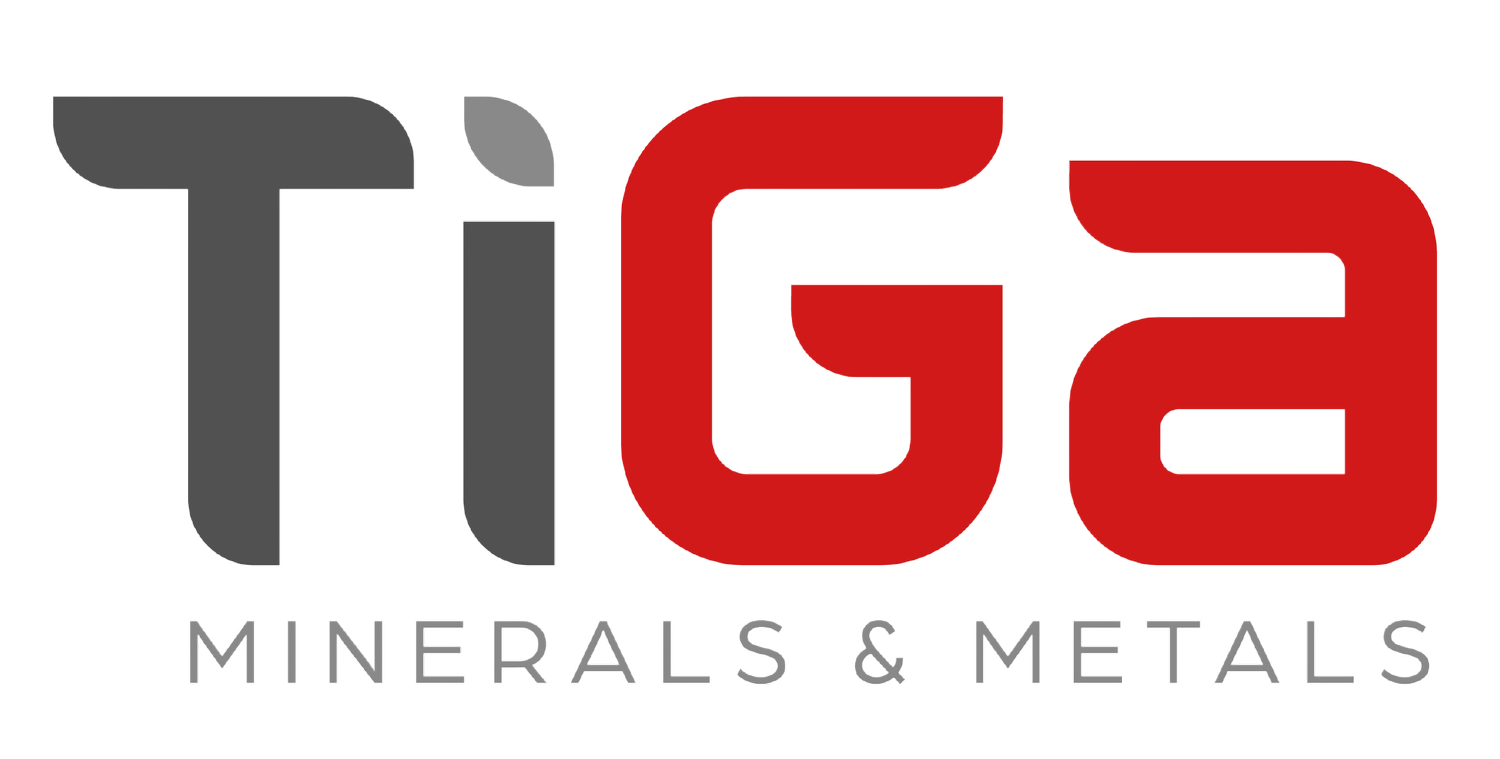
About the project
TiGa is a New Zealand-registered company that originated as the ‘Barrytown Project’, an initiative of New Zealand entrepreneurs and investors to develop an ilmenite mine.
In 2012, the group established Westland Titanium Limited, later rebranded as TiGa Minerals & Metals as the project expanded and international investment was secured. The company continues to be backed by many New Zealand investors.
In late 2024, TiGa recieved recourse consent to mine ilmenite, garnet, zircon, gold and other minerals on privately owned farmland at Barrytown Flats farmland, currently the site is used for dairy farming.
The project involves extracting mineral ore from just below the surface, pumping it to a nearby processing plant, recovering heavy mineral concentrate, and returning the residual soil to the site. Mining will move in strips, with a maximum of five hectares under active mining at any one time.
TiGa’s consent includes extensive processes to prevent harm to the environment, water and wildlife; and to prevent or minimise disturbance to neighbours and the community generally.
Before mining can commence, TiGa also needs to obtain consent for its proposed Minerals Separation Plant at Rapahoe, near Greymouth. This plant would separate concentrate into individual minerals. The resource consent application is currently under review with the Grey District Council.
This new application (if approved) will complete the necessary consents needed to allow TiGa to mine and process minerals into final value-added products for export.
Mining process
Barrytown Mineral Project Mine
The Barrytown Mineral Project Mine will extract and process ilmenite, garnet, zircon and gold on private farmland at Barrytown Flats on the West Coast, New Zealand.
The operation involves extracting mineral ore from just below the surface of the farmland, pumping the ore to a Wet Concentration Plant (WCP) onsite, extracting heavy mineral concentrate, and returning the unwanted soils to the extraction area. Gold will be extracted at this point and the remaining Heavy Metal Concentrate (HMC) will be trucked to Rapahoe (near Greymouth) for separation into ilmenite, garnet and zircon.
Using industry best practice techniques, the mine will operate on a continuous land rehabilitation process. When mining is completed, the land will be restored to productive pasture with an improved contour, and with the additional benefits of stock fencing and riparian planting of waterways and wetlands surrounding the farm. The final land levelling will ensure that the seaward side of the site remains at the same height it is now, as a defence against erosion.
Tests on the material that will be extracted from the mine, including those by Crown Research Institute ESR, do not reach the New Zealand Radiation Safety Act 2016 and International Atomic Energy Agency Transport Regulations (IAEA SSR6) to apply.
TiGa currently has a resource consent application lodged with the Grey District Council for a mineral separation plant at Rapahoe.
This new application (if approved) will complete the necessary consents needed to allow TiGa to mine and process minerals into final value-added products for export.
It is intended the final value-add products will be transported to the Ports of Timaru and/or Lyttelton for shipping to international customers.
Roadside visualisations
The roadside visualisation above shows the site from SH6 facing north - showing the existing site, the proposed processing plant and native riparian planting.
The roadside visualisation above shows the site from SH6 facing south - showing the existing site, the proposed processing plant and native planting on proposed bund.
Ilmenite is used to make titanium, which is on the United States and Europe’s ‘critical minerals’ lists for its use in the production of renewable energy resources.
The minerals we propose to mine are used in the production of solar and wind power generation components, more energy efficient engines, electric vehicle batteries and other components of the high-tech energy, manufacturing and transport industries.
Titanium is also used to make medical implants including hip and knee replacements.
Ilmenite mining
-
Titanium combines with iron, aluminum, vanadium, nickel, molybdenum and other metals to produce high-performance alloys used in jet engines, spacecraft, and other high-tech products.
-
Titanium is found in many joint replacements, especially hip joints, as it connects well to the bone. It is also used in many tooth implants.
-
Most sport and recreation activities rely on titanium metal. Titanium is often found in golf clubs, tennis racquets, bike frames, skis, baseball bats, fishing rods, and hiking and camping equipment.
-
Titanium dioxide is a naturally processed powder form of ilmenite ore that is resistant to heat, protects against UV radiation, and adds brilliance in colour strength and opacity.
It is commonly pressed into the fibres of high-quality papers to improve their whiteness, brightness, and texture. Ilmenite is added to skim milk to improve its whiteness and opacity, and even added to toothpaste, rubber, plastics, cosmetics, paints, sunscreen, and many food products for the same reason.
Garnet mining
Garnet found at the Barrytown Mineral Project Mine will primarily be used as an abrasive in high-pressure waterjet cutting equipment.
This equipment is used throughout the world in a variety of applications from cutting thick metals and stone, to thin and delicate materials such as glass, plastics and electronic components.
Garnet is also often used as an alternative to silica sand in sand blasting as it produces less dust and is much safer to use.
Zircon mining
Zircon is used for many different purposes, including ceramic tiles, in the metal founding industry, and chemical laboratories. Recent research has found zircon will play an even bigger role in future technological advances.
Zircon mined by TiGa will be sold as a non-magnetic concentrate.
Gold mining
Gold mining is an important part of New Zealand’s history. From the 1860s, gold rush followed gold rush, and thousands flocked to the fields in search of the precious metal.
Today, gold is rare and mainly used in jewellery. Gold mined by TiGa will be refined at the refinery in Greymouth.












